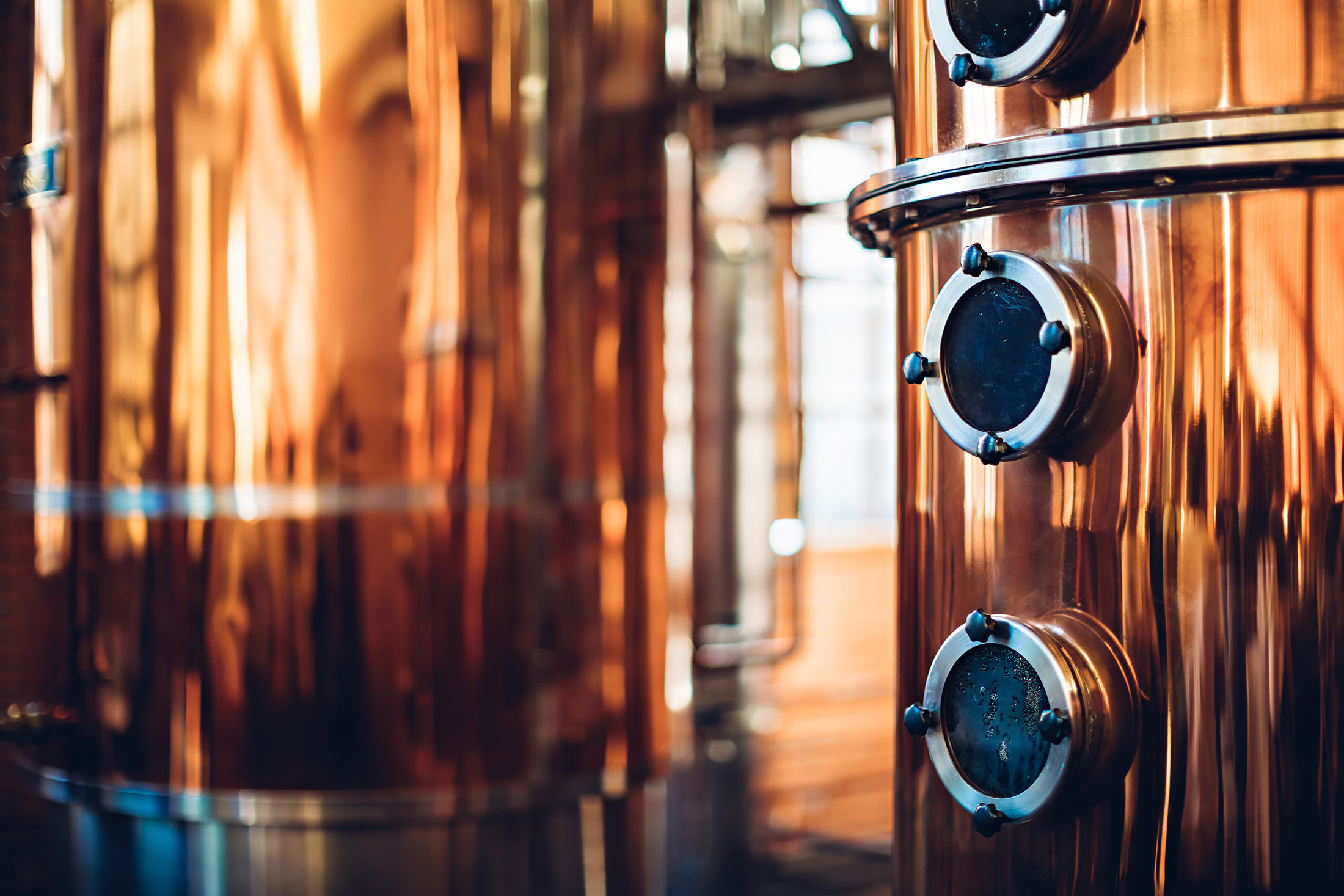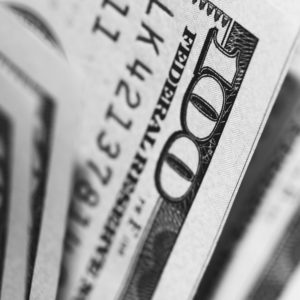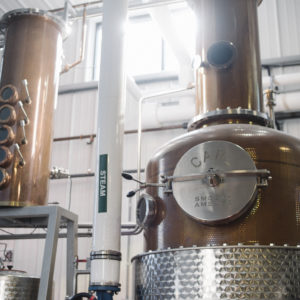The TTB is charged with two primary missions: protect revenue and protect consumer. Because of this focus, they are very concerned with alcohol content measurement in distilled spirits plants – an underproof product shortchanges the consumer, while an overproof product shortchanges the government its excise tax; enter proofing and gauging.
Accordingly, 27 CFR has strict requirements for allowable proofing and gauging techniques. There are four allowable methods for determining proof: hydrometer/thermometer, pycnometer, accurate mass flow meter, and approved density meters (densitometers). When it comes to determining the volume of spirits, there are three allowable methods: weight/mass, sight glass/tank markings, and accurate mass flow meter. When you combine a proof measurement with a volume determination, you can compute a gauge. Regulations require that you gauge spirits frequently: upon receipt, upon transfer, upon blending/mixing, before and after bottling, and more.
Pycnometer proofing is not commonly used in a modern craft distilling due to the expensive and sensitive lab equipment and process requirements. Mass flow meters are a beautiful solution because they handle both proofing and volume determination simultaneously, but the cost quickly gets into six figures making it out of reach for most craft producers.
The hydrometer/thermometer proofing and gauging method is the most common and most affordable option. However, there are several pitfalls and some requirements that can catch the unwary. For one, you have to find Treasury-approved hydrometers, which typically have a range of 20 proof degrees; for example, 75-95 proof or 185-206 proof. Then, you must calibrate them against a known standard, record that calibration, and recalibrate annually. Hydrometers without a certificate of calibration are about $50-100; the calibration certificate usually costs about $150-300 more. Paying to have your hydrometers recalibrated annually is usually more expensive than simply buying a new instrument with calibration. Typically, it’s recommended that you have one “reference” hydrometer with calibration ($200-400), which you use to calibrate a “workhorse” hydrometer ($50-100). That way, when you break a hydrometer, you aren’t losing your valuable calibration with it. You should have a “reference/workhorse” pair of hydrometers for all proof ranges that you handle, including bulk and barreled spirit. If you are bottling Whiskey and Vodka you will need at least three pairs of hydrometers: 75-95pf for bottlings, 105-125pf for barrel strength whiskey, 185-206pf for neutral spirit (vodka). Your upfront cost would be $750-1500 plus annual repurchase of $600-1200. You will also need an accurate thermometer. I recommend a digital probe thermometer with an RTD sensor, which is more accurate and precise than the alternatives. Such a thermometer should include a certificate of calibration; you can expect to pay $300-600. As with hydrometers, your calibration must be rechecked annually, and it’s usually cheaper to just rebuy the instrument.
Once you’ve acquired the right equipment, you have to learn to use it correctly. The process is covered in scientific detail in AOAC Method 957.03, but that document is copyrighted. 27 CFR § 30.23 is less detailed but nonetheless describes the process & care which must be taken. A summary of those requirements follows.

When measuring proof using the hydrometer method: keep your sample as close to 60F as possible, handle your sample carefully (do not leave open), and be sure that your source tank is homogenous. First, dunk the hydrometer in the liquid 5 or more times to equalize temperatures. Wipe droplets off the stem of the hydrometer, and then carefully plunge the hydrometer into the liquid and release it as close to the expected proof as you can. If there are droplets attached to the stem of the hydrometer sticking out of the liquid, those droplets must be wiped clean to avoid skewing your measurement. Use KimWipes for this purpose. Insert the thermometer probe such that about 1cm is submerged: you are supposed to measure the liquid temperature right at/under the surface. The curve of liquid surface inside the hydrometer jar is called a meniscus, illustrated above. Read the hydrometer by finding the point where the bottom of liquid line (meniscus) crosses the hydrometer scale; this is easiest with a large diameter hydrometer jar (flask) made of borosilicate glass. Plastic jars and jars with small diameters are harder to read. Record the hydrometer proof (observed proof) and temperature as close to simultaneously as you can. Temperature should be read down to 0.1 degrees F, and proof should be read down to 0.05 proof degrees (half of one division).
Use the process described in 27 CFR § 30.23 to calculate True Proof using TTB Gauging Manual Table 1. Or, if you have DISTILL x 5 or WhiskeySystems, True Proof calculations are built-in to the software.
You are required to repeat the hydrometer proof determination a second time to verify your result. This means that there is a significant time/labor burden associated with hydrometer proof determination. The process takes 5-10 minutes each time if you have perfectly clean equipment and an ideal work area. If you are new to the process it can easily take 2-4x as long. Any mistakes require you to dump sample and start over. For these reasons, as well as reasons of accuracy and precision, it is advisable to purchase a Density Meter for proof determination – stay tuned for a future post about Density Meters!
If you’re still overwhelmed with proofing and gauging, reach out to us here to schedule time with us and take your operations to the next level.

Tyler Derheim is Fx5’s in-house consultant, using his expertise to help distilleries of all sizes make it easier to make great things. Tyler first entered the regulated beverage industry in 2010, when he started working harvest and crush at a midsize winery in Slovenia. After returning to California in 2017 he joined a startup DSP, with responsibilities for formulation, production, compliance, lab services, and more. In 18 months, he led the DSP from mason jars and buckets to tankers and trailers, then moved into a freelance consulting role, helping distilleries of all sizes with every aspect of production, operations, and compliance. A long-time Fx5 user, Tyler brings a wealth of experience unmatched in the industry.






